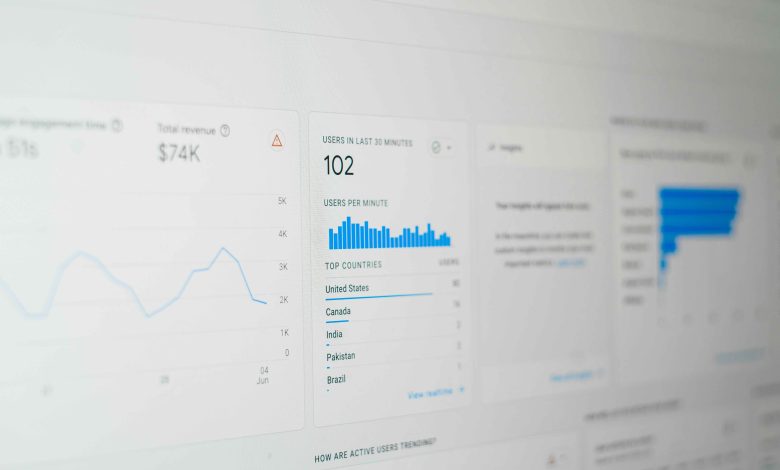
Public relations is a profession fundamentally about managing relationships and reputation. At its core, PR professionals serve as the bridge between organizations and their audiences, whether those audiences are journalists, stockholders, or the public. This demands an understanding of cultural nuances, the subtleties of communication, and messages that resonate with your audiences. It’s a profession that thrives on qualities that are inherently human, such as empathy, and trust.
However, in today’s age of booming artificial intelligence, even the most human-centric industries are embracing this technological advancement. Public relations should be no exception. Artificial Intelligence (AI) can be a powerful part of the PR toolkit, adding new ways to enhance efficiency, precision, and strategic insight.
According to MuckRack’s 2024 survey, AI adoption among PR professionals has grown rapidly, with 64% now incorporating AI into their workflows, a significant increase from 28% earlier in the year. This represents a broader trend: AI is increasingly viewed not just as a tool, but as an ally that multiplies the capabilities of PR teams.
When it comes to the public relations industry, there are three areas where the use of AI tools and platforms can have maximum impact.
Strategic Thinking Partner
For a public relations professional, the quality of our ideas and its execution often determine the success of our campaigns. AI tools can help in giving you a space to think more deeply and strategically about your ideas. Use it as a partner in your brainstorming process: test your assumptions, explore different angles, and uncover perspectives you might not have considered on your own.
Whether you’re thinking about what would be attractive for a reporter, or what would generate engagement on social media or planning a multi-platform campaign, AI tools can help you iterate on your ideas. You can ask the AI platform to highlight potential pitfalls, suggest alternative approaches, or to show how your message might be received by different audiences. By treating AI as a sounding board, PR professionals can strengthen their thinking and ideas, anticipate challenges, and refine strategies before they go live.
The most effective teams use AI to think more holistically. When combined with the human awareness, this iterative process can ensure that your idea is not only well-crafted but also resilient, relevant, and strategically sound.
A Source for Your Research
Effective research is often the foundation of every strategy, pitch, and campaign. AI tools are increasingly powerful allies in this process, helping PR professionals dig deeper and faster than ever before. Platforms like OpenAI’s ChatGPT and Google’s Gemini, for example, offer advanced search capabilities that allow you to explore vast amounts of information, uncover context, and identify insights that might otherwise take hours.
From finding the right reporters or influencers for a story, to analyzing why a particular source or angle may resonate with an audience, to finding examples of trends or comparable campaigns, AI tools can help with a number of PR research needs. It’s like having a sophisticated research assistant that can rapidly explore information from a plethora of sources, highlight patterns, and offer alternative perspectives, allowing you to make more informed, strategic decisions.
However, it’s important to approach AI as one source among many, not the only source. Just as you would consult multiple databases, news outlets, and expert opinions when conducting research, AI should be integrated as an additional source, helping you explore information, context, and insights that you may have otherwise missed.
Equally important is verifying the information. Any information or insight gathered through AI must be cross-checked against trusted, external sources. Human judgment remains indispensable for assessing credibility, interpreting findings, and ensuring that your conclusions are sound and based in accurate research. AI enhances the research process, and must be used as such.
Monitoring and Analytics
Measurement shouldn’t be an afterthought in your PR campaigns, its a critical part of understanding whether your ideas are reaching and resonating with your audience. Today, AI is transforming how PR professionals monitor the impact of their work, offering unprecedented speed, depth, and customization.
Already, modern AI-powered platforms allow teams to track media coverage, social conversations, and public sentiment in real time. CisionOne uses AI to analyze the tone of media mentions, while Brand24 offers AI assistants that flag anomalies, highlight emerging trends, and surface actionable insights, allowing PR teams to adjust strategies before small issues become crises. Determ leverages AI to deliver executive-ready summaries and instant alerts, turning mountains of data into clear, customizable insights.
The real power for PR professionals comes from combining AI’s analytical skills with human judgment. AI can collect data, detect patterns, and present insights, but it takes human expertise to interpret the nuances, contextualize and present results, and make adjustments aligned with brand strategy. In other words, AI elevates monitoring but it does so best when paired with critical thinking and strategic foresight.
For PR professionals, embracing AI in monitoring and analytics is about efficiency during and after the campaign. It allows teams to see the full picture from the beginning, anticipate challenges, and respond with agility, all while ensuring that decisions remain thoughtful, and in service of the organization’s long-term goals.
The integration of AI into public relations is about about adding on to our abilities. By embracing AI, PR teams can streamline operations and make them more efficient, gain deeper insights, and craft more impactful strategies. However, the human touch remains critical in ensuring that PR efforts are authentic, and aligned with the values of the organization.
As the industry evolves, PR professionals must harness AI’s power while preserving the creativity, judgment, and strategic thinking that define the profession.

